The Bluegrass Expedition
The Bluegrass Expedition grew out of the Dunedin Folk Club in the early 1970s under the strict tutelage of their leader, Alabama banjo picker George Bailey. They went on to release two albums and were the stars of television series Young Country before breaking up when Bailey returned to the United States.
A senior lecturer in biochemistry at Otago University, Bailey called into the folk club soon after his arrival in New Zealand in 1972 and encountered a ragtag group of enthusiastic but not so authentic bluegrass practitioners. For the best part of a year he coached them on the finer points of mountain music before they played a gig.
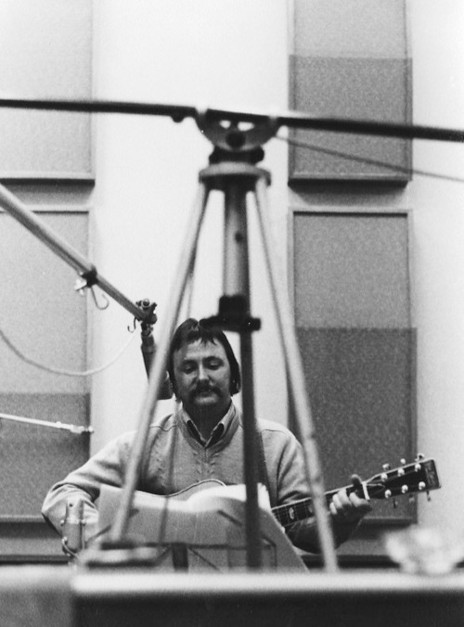
Barry Paterson of The Bluegrass Expedition in the studio
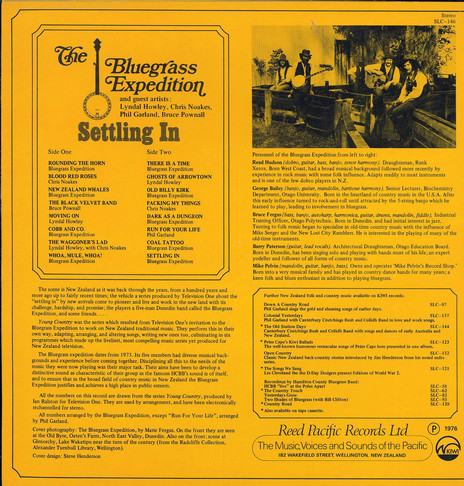
Bluegrass on the rocks: The Bluegrass Expedition in a humorous TV clip
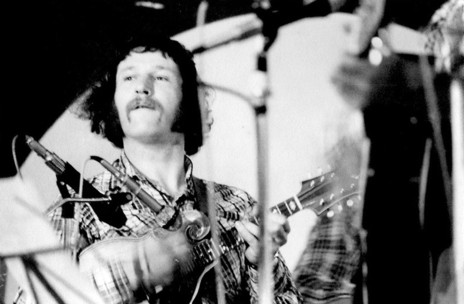
Mike Pelvin, mandolin player of The Bluegrass Expedition, at the Sheraton Hotel, December 1974
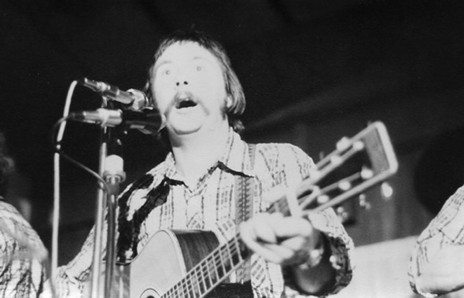
Barry Paterson on stage with The Bluegrass Expedition
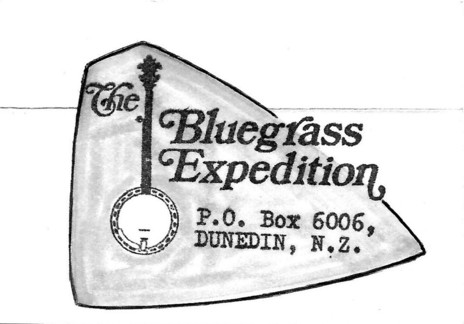
The Bluegrass Expedition business card
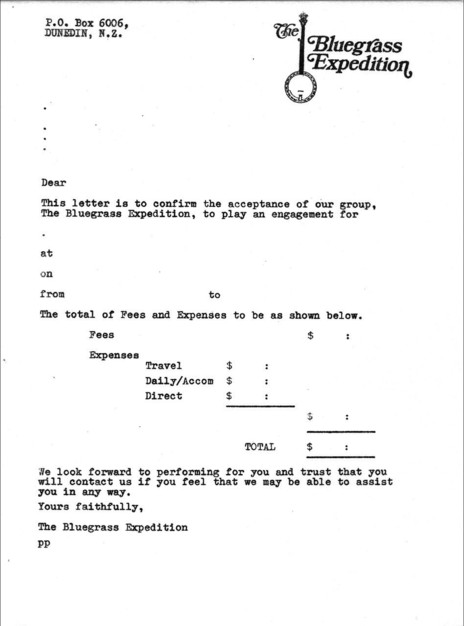
Confirmed: a gig at your venue by The Bluegrass Expedition
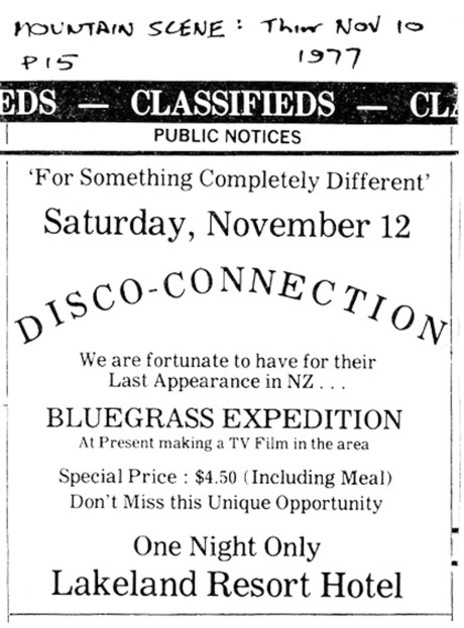
When disco met bluegrass: The Bluegrass Expedition's "final gig in New Zealand" is advertised in Queenstown's Mountain Scene, 1977
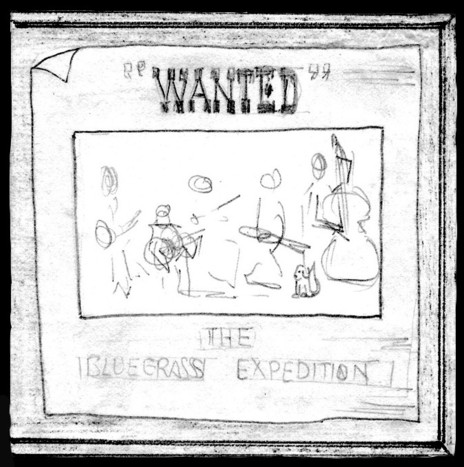
A sketch for the cover of Wanted, the 1975 debut album by The Bluegrass Expedition
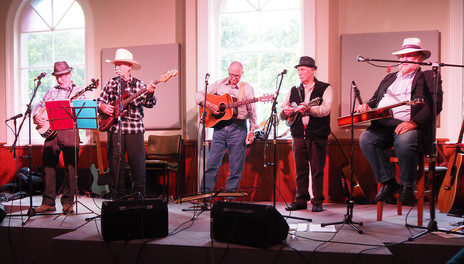
The Bluegrass Expedition reunion, Dunedin, 2016. From left: Russell George, Bruce Fergus, Barry Paterson, Mike Pelvin, Read Hudson
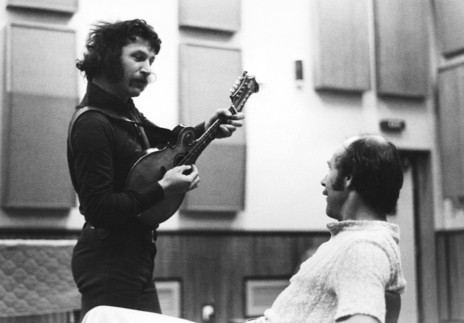
The Bluegrass Expedition in the studio, 1974: Mike Pelvin on mandolin, and bassist Bruce Fergus
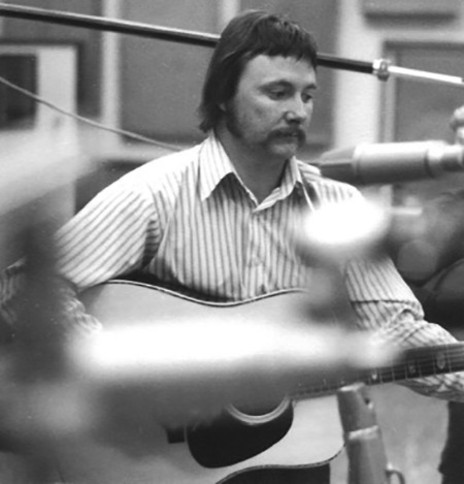
Barry Paterson, guitarist of The Bluegrass Expedition, in the studio
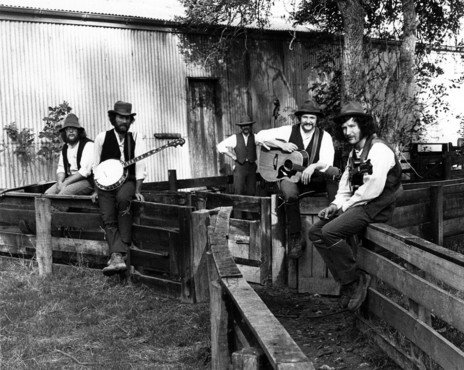
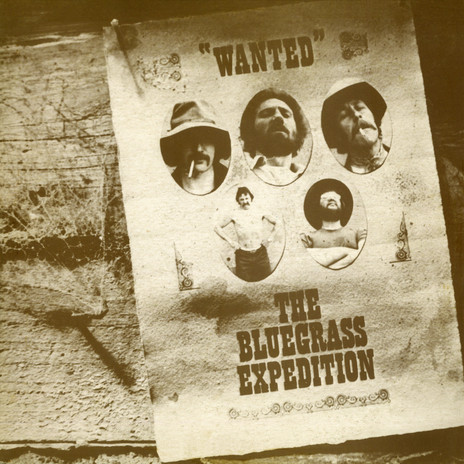
Bluegrass Expedition's debut album Wanted was released on Pye in 1975
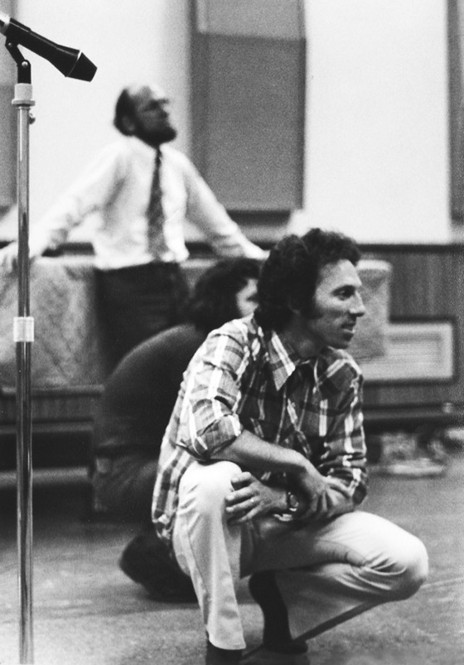
George Bailey, banjo player of The Bluegrass Expedition
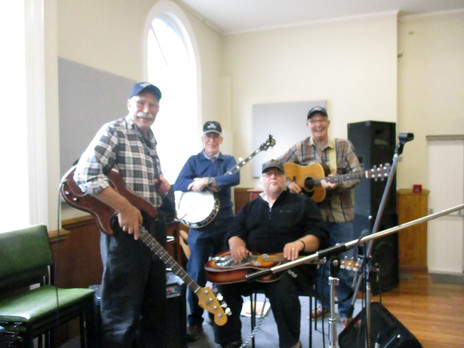
The Bluegrass Expedition reunites, 2016 (L-R): Bruce Fergus, Russell George, Read Hudson, Barry Paterson
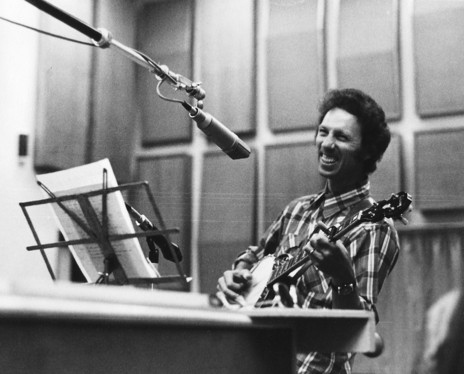
George Bailey, banjo player with The Bluegrass Expedition
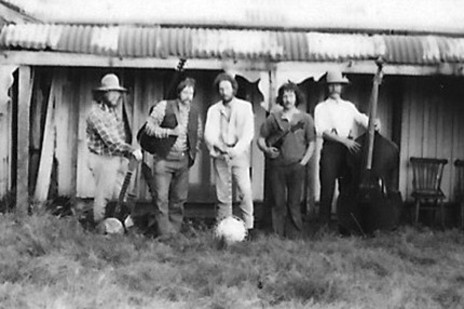
The Bluegrass Expedition during a television shoot, mid 1970s
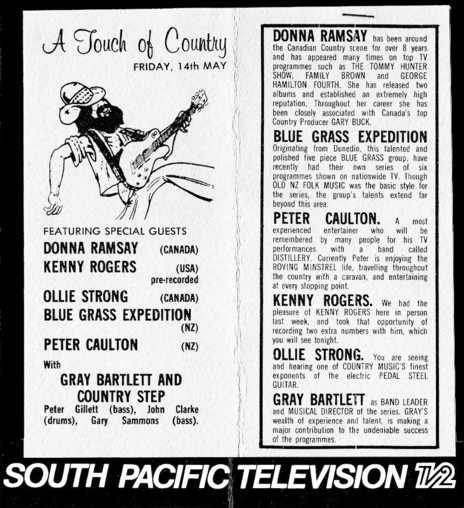
A flyer detailing the acts on the Touch of Country television show, 1976.
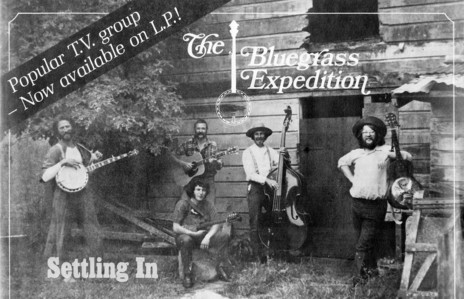
An advertisement for Settling In, the second album by Bluegrass Expedition, released on Kiwi in 1976
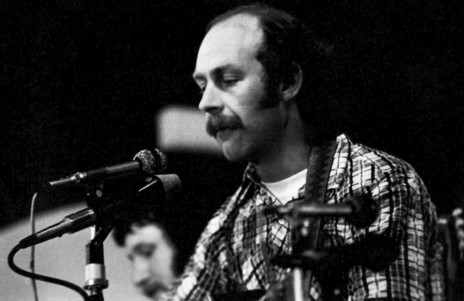
Bruce Fergus, bassist of The Bluegrass Expedition
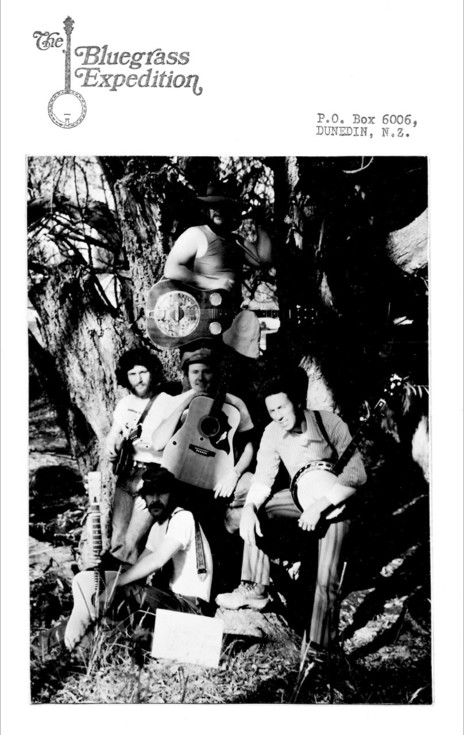
A Bluegrass Expedition promotional flyer
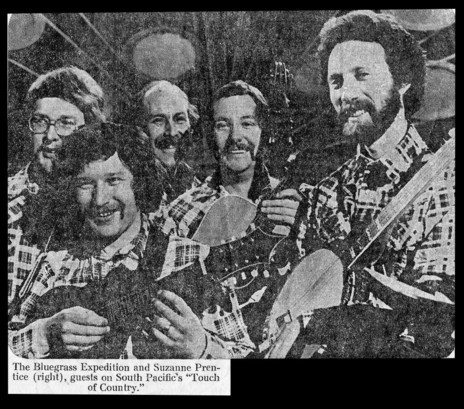
The Bluegrass Expedition, appearing on South Pacific Television's Touch Of Country, 1976
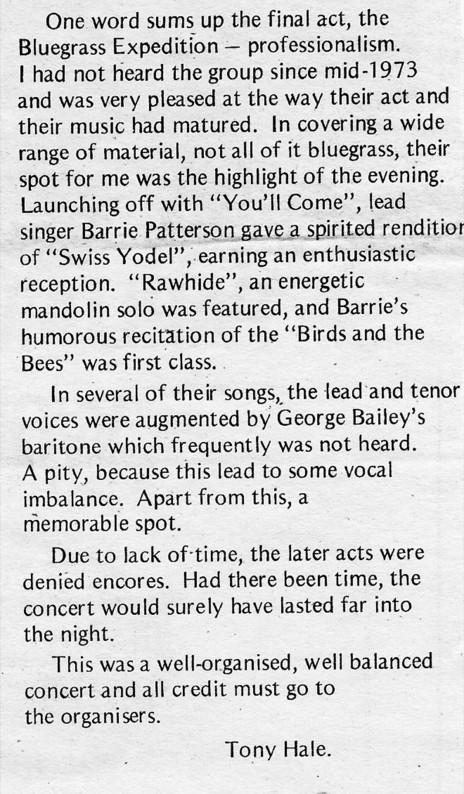
Review of a Bluegrass Expedition gig: their rendition of 'Rawhide' included an "energetic mandolin solo"
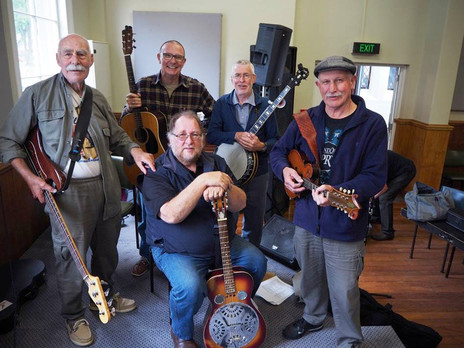
The Bluegrass Expedition reunion, 2016 (back, from left): Bruce Fergus, Barry Paterson, Russell George, Mike Pelvin; in front, Read Hudson
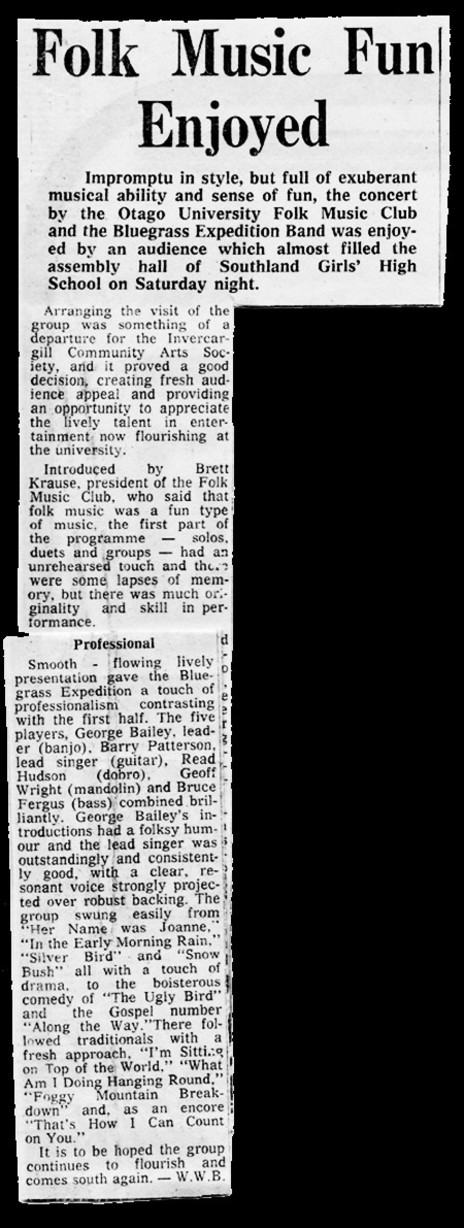
The Otago University Folk Music Club presents The Bluegrass Expedition at Southland Girls' High
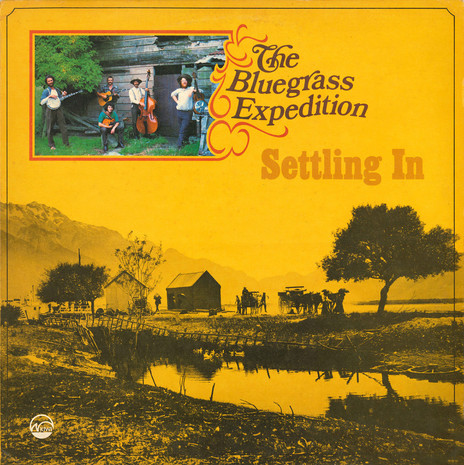
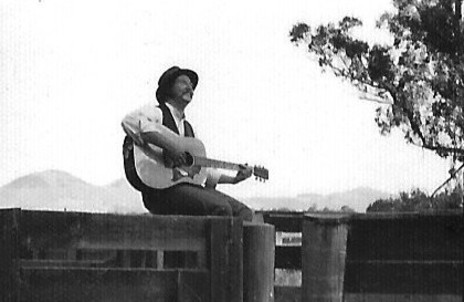
Barry Paterson of the Bluegrass Expedition during a TV shoot, mid 1970s
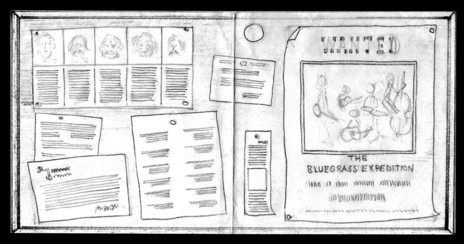
Working drawings for Wanted, the debut album by The Bluegrass Expedition
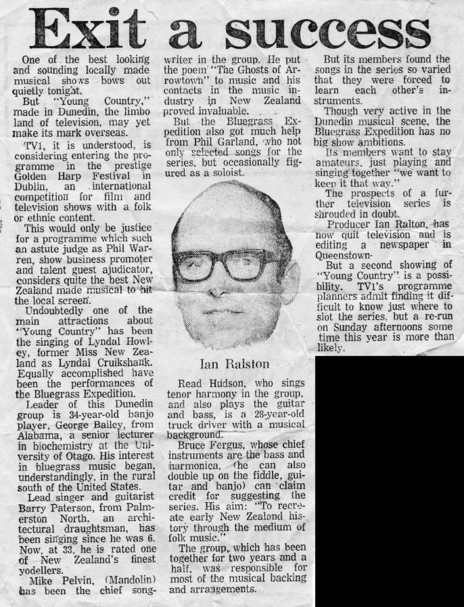
The television series Young Country, produced in Dunedin by Ian Ralston (pictured), featured several appearances by The Bluegrass Expedition
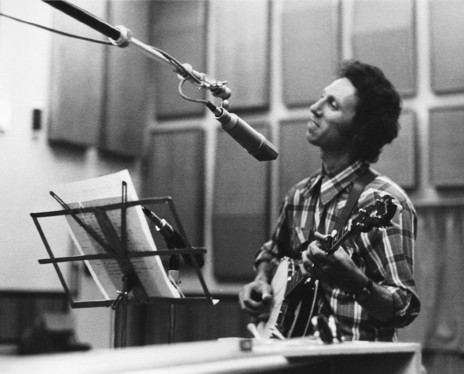
George Bailey on banjo during a Bluegrass Expedition session, 1974
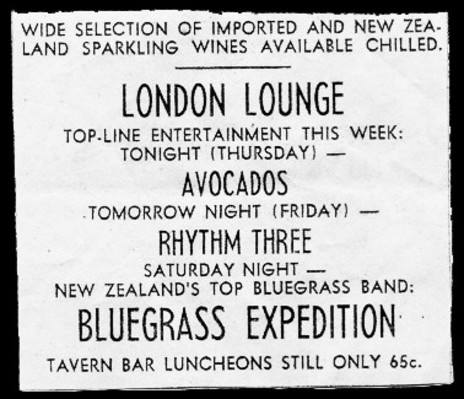
The Bluegrass Expedition appears alongside The Avocados and Rhythm Three; lunch available for 65c
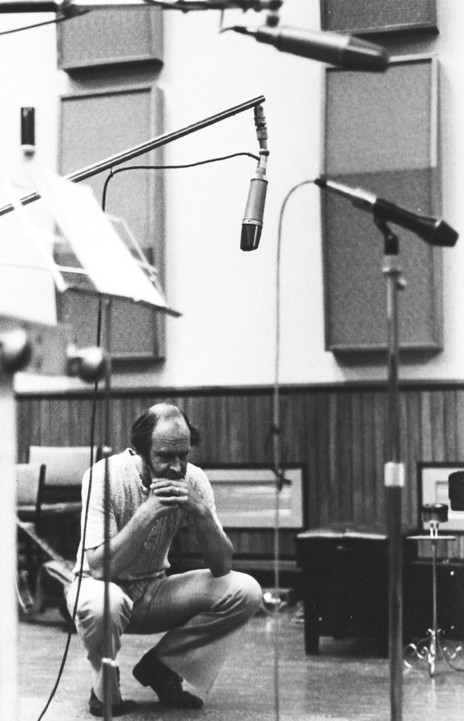
Bruce Fergus, the bassist of The Bluegrass Expedition, also played fiddle, guitar and banjo
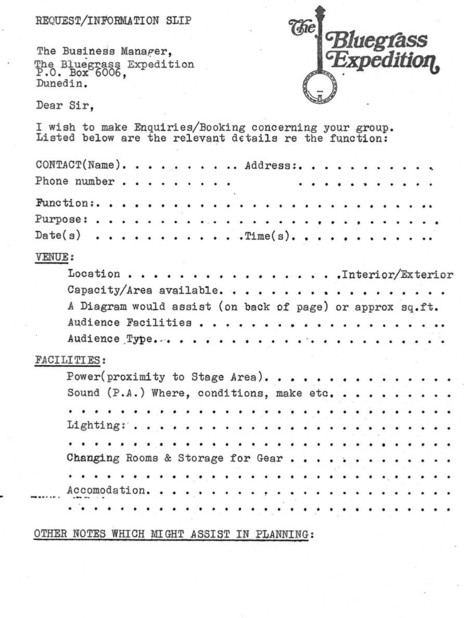
When booking The Bluegrass Expedition, a diagram of the stage would be helpful
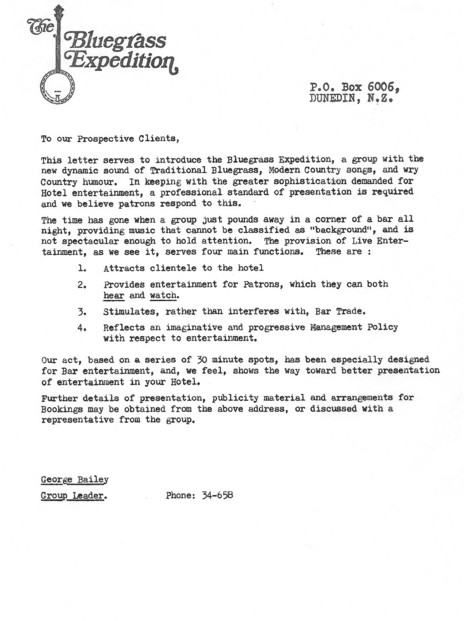
A letter introducing The Bluegrass Expedition to prospective venues says the band attracts clientele to the hotel, then "stimulates, rather than interferes with, bar trade"
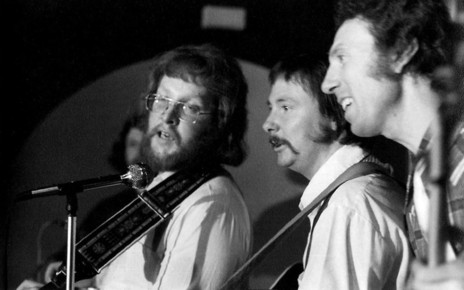
Read Hudson, Barry Paterson and George Bailey of The Bluegrass Expedition performing at the Sheraton Hotel
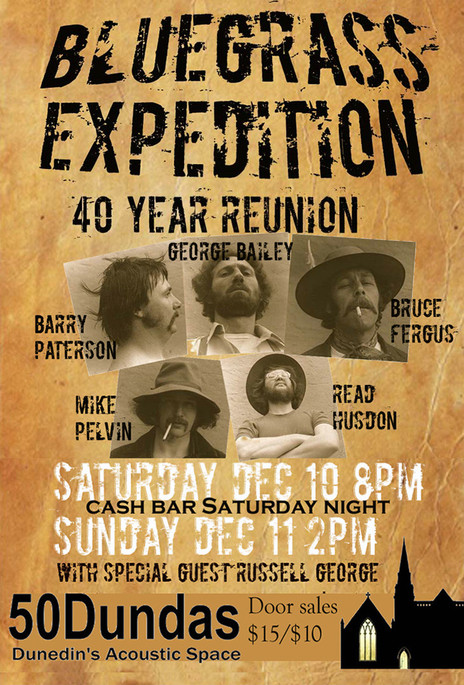
The Bluegrass Expedition reunites for two Dunedin gigs, December 2016
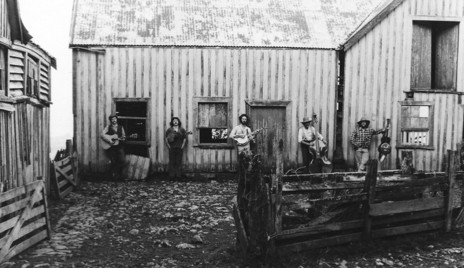
The Bluegrass Expedition during the TV shoot, 1976
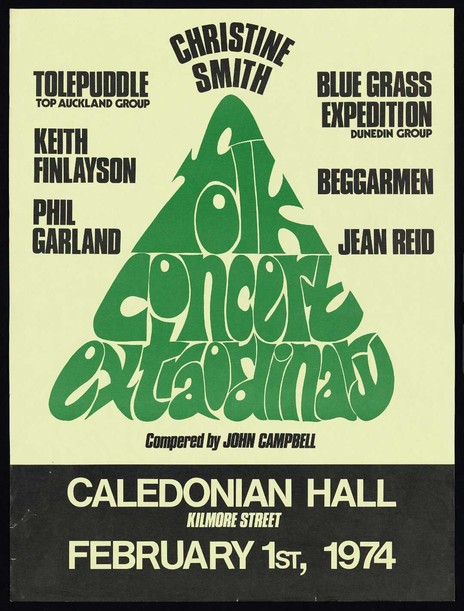
A "folk concert extraordinary" featuring Christine Smith, Phil Garland, Bluegrass Expedition and Tole Puddle, Christchurch, February 1974. Alexander Turnbull Library, Eph-D-MUSIC-Garland-1974-01
Photo credit:
Alexander Turnbull Library
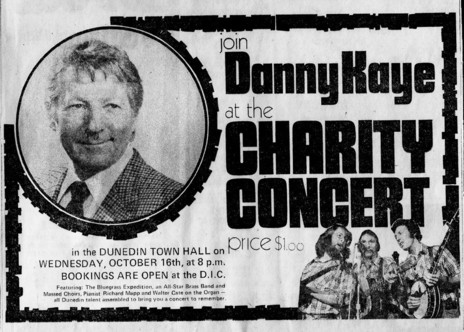
The Bluegrass Expedition support Danny Kaye for charity at the Dunedin Town Hall, October 1975; tickets $1
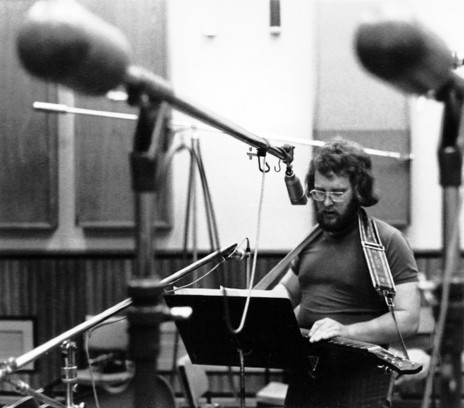
Read Hudson on Dobro with The Bluegrass Expedition, 1974
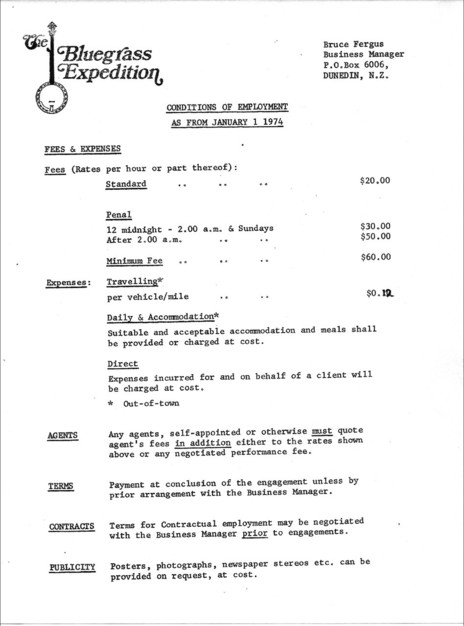
The Bluegrass Expedition conditions of employment
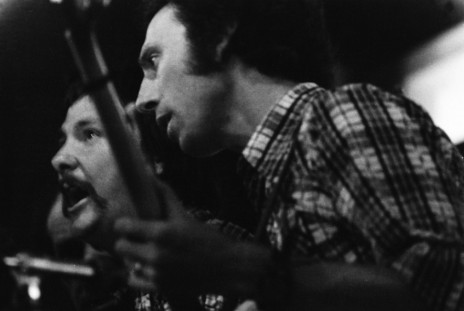
Barry Paterson, left, and George Bailey of The Bluegrass Expedition, Sheraton Hotel

The Bluegrass Expedition, 1975. From left: George Bailey, Bruce Fergus, Barry Paterson, Read Hudson, and Mike Pelvin
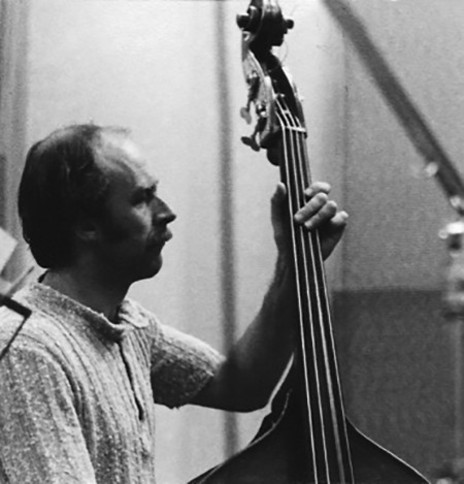
Bruce Fergus, bassist with The Bluegrass Expedition
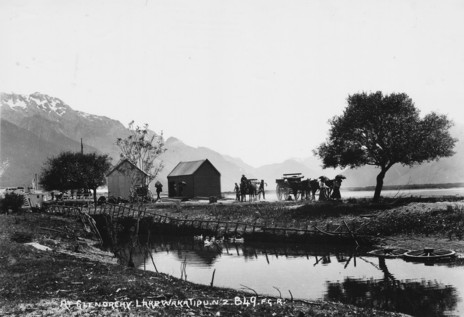
Members:
George Bailey - banjo, vocals
Barry Paterson - vocals, guitar
Read Hudson - dobro, guitar, vocals
Mike Pelvin - mandolin
Bruce Fergus - bass, autoharp
